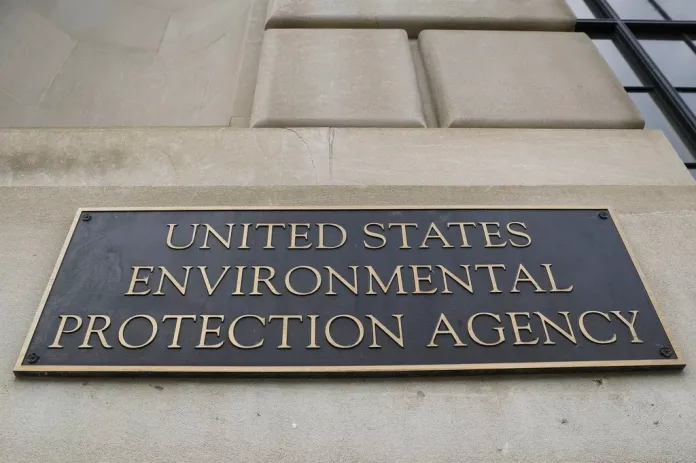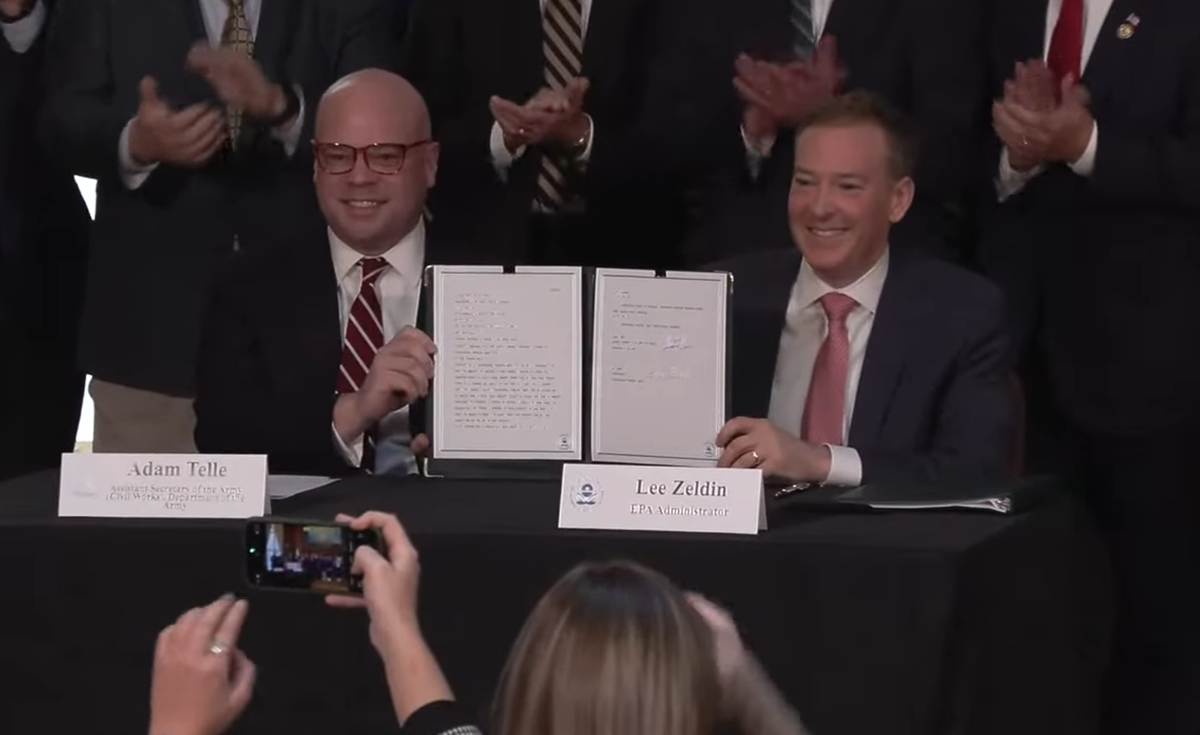First Look at How EPA Will Spend $32 Billion in Environmental Justice Grants
The EPA has been working hard to find the best way to spend the $60 billion that the Inflation Reduction Act had allocated to the Environmental Protection Agency (EPA). This money was meant to speed up environmental justice work.
According to EPA documents, $32 billion will be divided into grant programs, with at least 40% ($12.8 billion), going to projects that promote equity for racial minority groups and other people who have been historically marginalized, underserved, and adversely affected due to persistent poverty and inequality.
As the EPA reviews public comments and prepares the parameters of applications, the EPA is now deciding the specifics of how money will be spent. Applications are expected to open in summer 2023.
The $32 billion figure includes $5 billion to Climate Pollution Reduction Grants, and almost $27 billion to the Greenhouse Gas Reduction Fund.
Solar Bucks
The Zero-Emissions Technologies Program will provide $7 billion in grants competitively within the $27 billion. “provide financial and technical assistance to projects that deploy residential and community solar, associated storage technologies, and related upgrades,” According to the EPA website, This program is expected to award up to 60 grants.
In a forthcoming Notice of Funding Opportunity, we will discuss the funding priorities for the $20 Billion.
The EPA does not grant grants directly, as is the case with other grant programs. Instead, it will give grants to eligible states, tribes, territories, municipalities, and nonprofits, and those grantees will then provide loans, grants, and other forms of financial and technical assistance to eligible projects.
Communities, small businesses, and individual households will be able to seek funding from these grantees and the indirect recipients the grantees fund, such as community development financial institutions and credit unions.
This program “will support the creation of high-paying jobs. EPA expects to award between 2 and 15 grants through this program,” According to the website.
Mid-February saw the announcement of GGRF by Senator Tom Carper (D.Del.The chairman of the Senate Environment and Public Works Committee, Sen. Tom Carper (D.Del.), stated that $27 billion would be leveraged public and private investment in clean energy projects. He also predicted that it would result in the largest-ever federal investment into rooftop and community solar projects in low income and disadvantaged communities.
Unelected Nonprofits manage Tax Dollars
Climate Pollution Reduction Grants consist of $550 million to the EPA for its new Environmental Justice Thriving Communities Grantmaking ProgramThis money will be given to up 11 entities in order to act as grantmakers to communities that are working to reduce pollution.
Grantmakers can be community-based non-profit organizations, partnerships between nonprofits and universities, or tribal nations.
Each grantmaker will receive $50 million in taxpayer funds. The grantmakers will also use some of these funds to create their own simplified grant application process. “so that organizations that historically have faced barriers to receiving funding can more seamlessly apply for grants that address environmental harms and risks,” The EPA released a statement regarding the program.
The Grantmakers will then award subgrants to community-based groups they choose, not later than early 2024.
Costly Planning
The Climate Pollution Reduction Grants of $5 Billion that the EPA announced this week are a two-phased plan.
First, 250 million dollars will be divided among the 50 states, Puerto Rico, and the District of Columbia.
Each state is eligible for $3 million to develop a plan to reduce climate pollution. Each state will need to create or update a detailed plan for climate action. Consumers may feel the effects of policies resulting from those action plans. The grant can be opted in by states up to March 31.
The funding includes funding for the 67 largest metropolitan areas in the nation. Each of them is eligible to receive $1,000,000 to fund plans to address climate pollution locally.
Phase two of the climate plan will be completed once they are complete. It will cost $4.6 billion to implement those plans.
Learn more about Nonprofits
January saw the EPA announce $100 million in Environmental Justice Grants. $30 million was given directly to community-based organizations. $5 million was reserved for smaller community-based organizations with five full-time employees or fewer.
50 awards in the amount of $500,000 will be made by the EPA, and 30 in the amount of $150,000.
The applications from the non-profits will determine the exact amount of the money. They are due April 10, 2010. The EPA will pay special attention to the following areas: projects addressing climate changes, disaster resiliency, or emergency preparedness; projects in or benefitting from rural areas; projects conducting Health Impact Assessments.
“Every American deserves access to clean air and water—no matter their zip code, the color of their skin or the size of their paycheck,” Sen. Tammy Duckworth (D.Ill.), stated in a statement that the funding announcement was made. “Access to clean air and clean water isn’t only an environmental issue—it’s a matter of health and safety, systemic racism and persistent discrimination against those in low-income communities. I’m hopeful that today, we’re making important advances toward ending this crisis.”
Congressional Oversight
Rep. James Comer (R-Ky.), chairman of the House Committee on Oversight and Accountability, and Rep. Pat Fallon (R-Texas), chairman of the Subcommittee on Economic Growth, Energy Policy, and Regulatory Affairs, sent a Feb. 27 letter to the EPA (pdf), asking for assistance in conducting oversight of the environmental justice (EJ) grants.
Michael Regan, EPA Administrator, requests documents and information to help ensure that the EPA mitigates the risk of fraud, waste and abuse of taxpayer funds.
The EPA has until February 13th to produce the documents.
“The EPA’s own case studies for EJ grant programs demonstrate weak standards for grantees to practically address environmental concerns,” The letter stated that grantees had failed to disclose clearly
Identify health and environmental issues, communicate the intended results, and continue to engage in activities that might not be beneficial. “did logically lead to the desired environmental and/or public health [result].”
“Oversight mechanisms in these programs are lacking, and adequate metrics for applicants must be imposed to avoid funneling money into vague projects that will enable a $100 million slush fund for far-left organizations,” The letter contained the following:
“Along with ill-defined issuance metrics for grant programs, the sheer volume of money flowing through the EPA, prompts review of the agency’s ability to properly manage its rapidly inflated budget. The EPA’s total budgetary resources in FY2021 were approximately $17.2 billion, skyrocketing to $76.5 billion in FY2022. The agency must account for its ability to effectively prevent waste, fraud, and abuse of funding that has more than quadrupled within the span of a year.”
The Epoch Times reached Regan to get his comments.
From First Look at how $32 Billion will be spent by the EPA on Environmental Justice Grants
" Conservative News Daily does not always share or support the views and opinions expressed here; they are just those of the writer."




